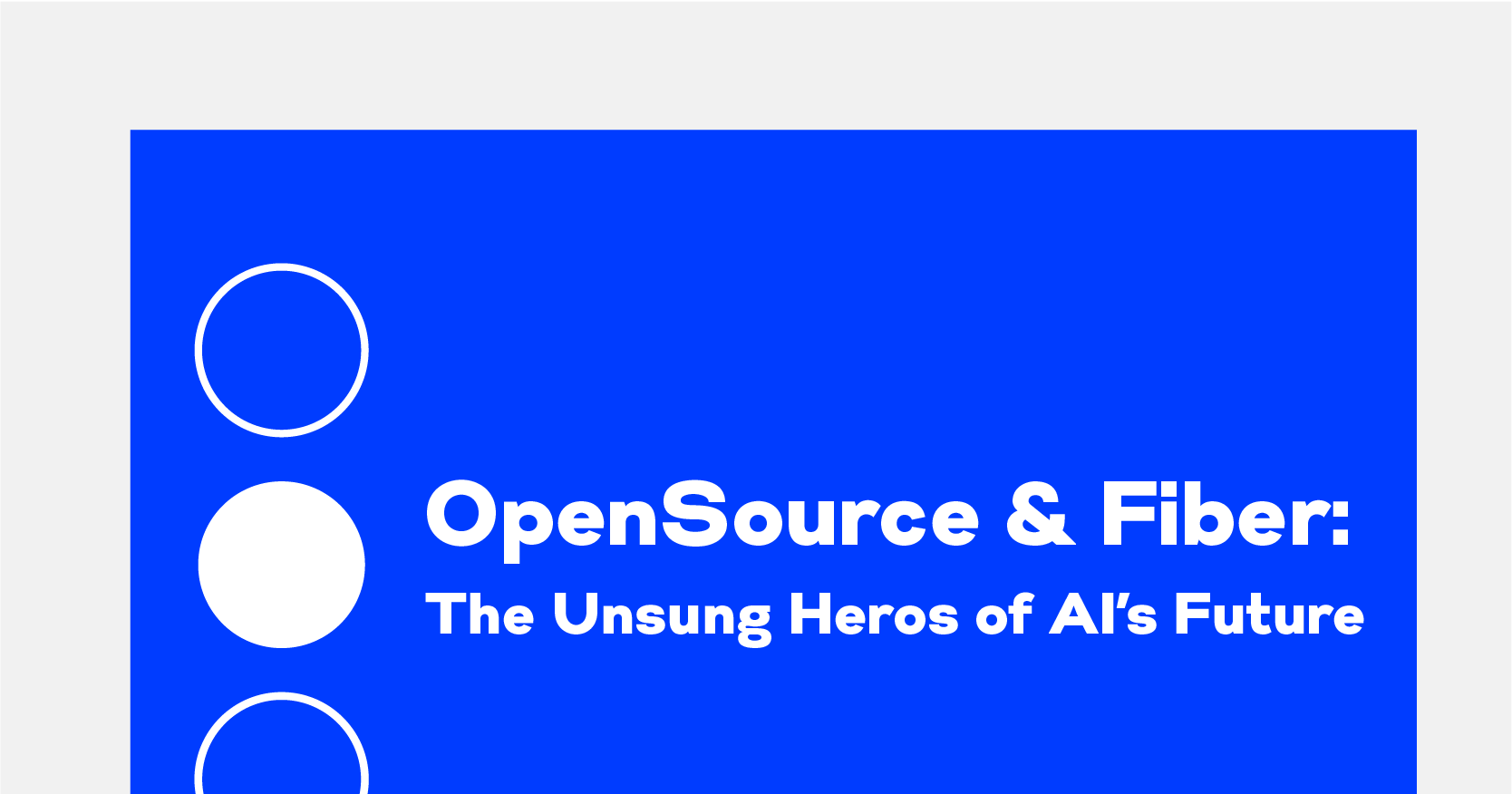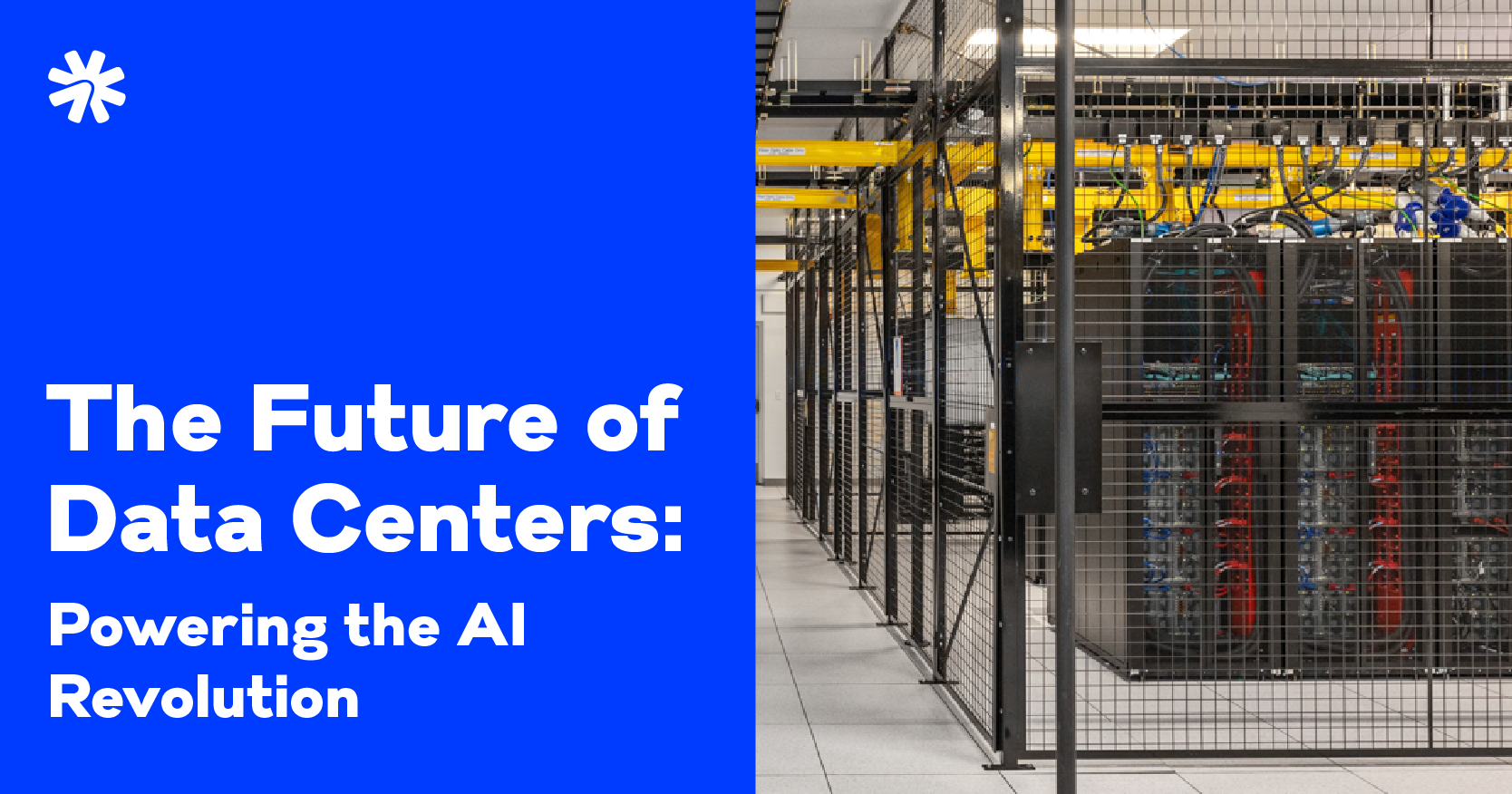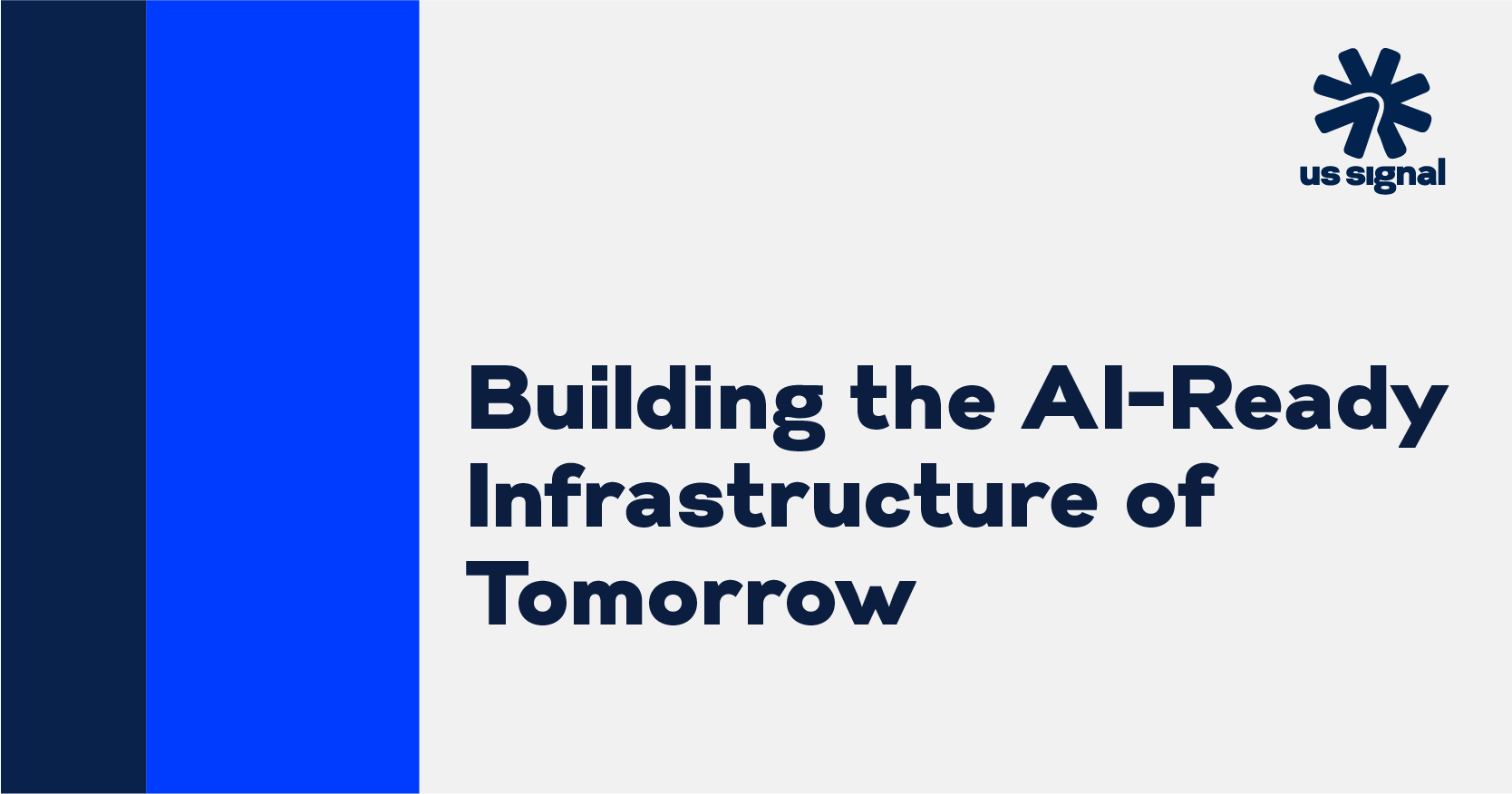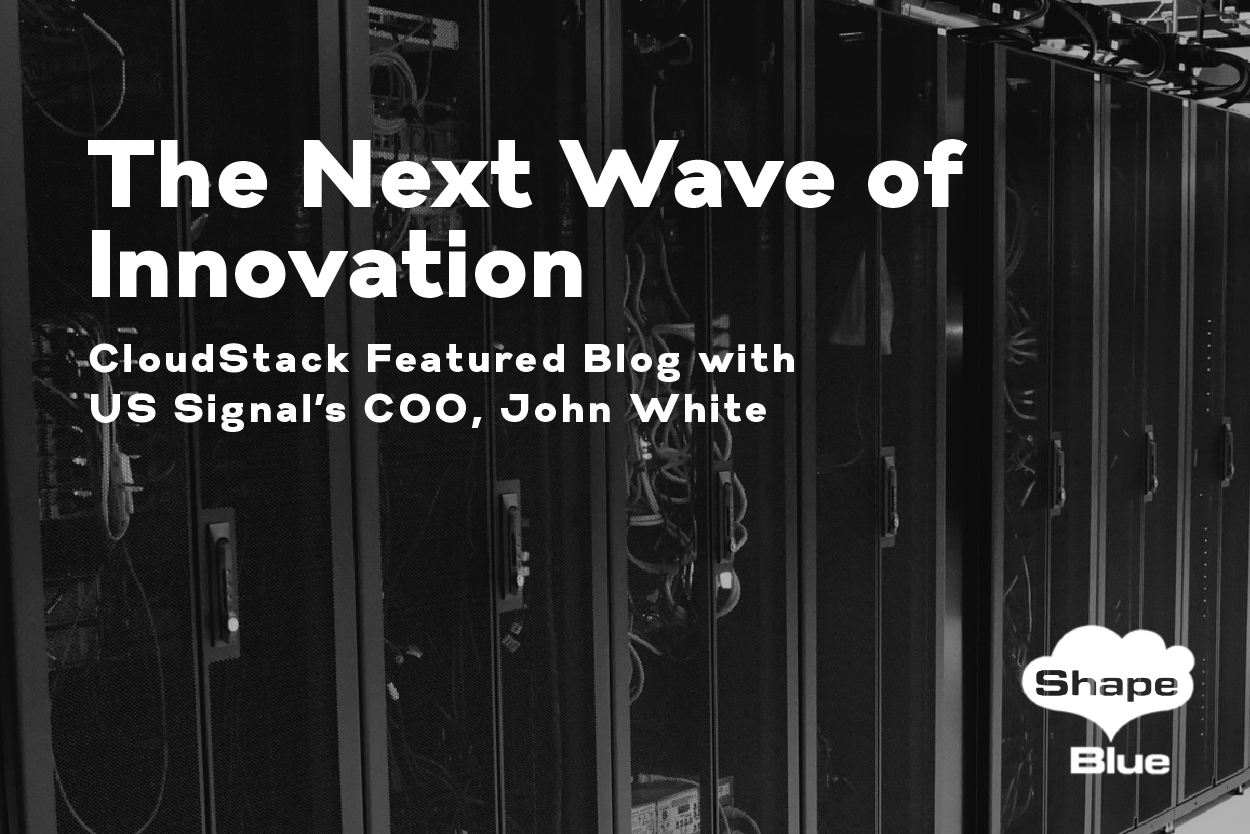Open Source and Fiber: The Unsung Heroes of AI’s Future

What’s up, tech world? It’s John White, COO at US Signal, still buzzing from my NANOG94 keynote in Denver. I had a blast talking about the future of infrastructure, and today I want to zero in on two underdogs that’ll make or break AI infrastructure challenges: open source and fiber. Buckle up, because I’m about to get nerdy—and yeah, I’m still a cloud systems guy who reboots Windows to fix problems, so bear with me!
Fiber: The AI Bandwidth Bottleneck
Let’s talk fiber first, because it’s the lifeblood of AI. I recently consulted on a data center project in Pittsburgh—an old steel factory with 200 megawatts of power. Sounds perfect, right? Wrong. They had maybe 20 strands of fiber running by. In the AI world, that’s like trying to stream 4K Netflix on dial-up. Fiber networks for AI need to be dense, fast, and everywhere.
Hyperscalers are building dense fiber—432 or 864 counts per conduit—but even they’re saying, “We’re not out of the dugout yet.”
The numbers are wild. AI workloads need 10x more fiber interconnects, and bandwidth demand is basically infinite. If I deliver 100 gigs, they want 200. If I give 200, they want 400. Meanwhile, we’re hitting headwinds: 60-week lead times for fiber optic cables, rising labor costs, and only 70% of Americans online. If we can’t get fiber to everyone, how are we going to deliver AI inference to consumers? Think about it—my kids are gaming, FaceTiming, and watching YouTube all at once. Add AI to every app, and our networks will buckle.
This is why network engineers are my heroes (even if I’ve blamed DNS for everything). You’re the ones who’ll make AI’s consumer play possible. We need to build fiber like we built telephone networks a century ago, but faster. At US Signal, we’re pushing 9,500 miles of fiber and counting, but it’s a team effort to solve these AI infrastructure challenges and hit that 2028 vision.
Open Source: The Great SaaS Repatriation
Now, let’s talk open source—my new obsession. I grew up on IRC and learned from my CompuServe-engineer dad, who’s been open-source-or-bust since the ‘60s. Last year, VMware jacked up prices, and we didn’t just take it. We built our own open-source cloud platform, OpenCloud. That’s the power of open source for AI, and it’s growing at a 17% CAGR—almost neck-and-neck with cloud’s 20% and AI’s insane 50%.
I’m calling it: we’re heading for a great SaaS repatriation. Enterprises spend $3,000 per user annually on proprietary tools like Salesforce. Want budget for AI? Ditch those and go open source. I’m seeing two trends: open-source SaaS alternatives (think Office 365, but free) and rapid app development. My friend at Geico moved from Azure to OpenStack to control 100% of their R&D spend. That’s the future.
Here’s a fun story. For my keynote, I built a buzzword bingo game in five minutes using Cursor, an AI coding tool. I’m no vibe coder (shoutout to Chris in the room!), but I wrote a prompt, pulled US Signal’s CSS, and bam—bingo.jhwhite.com was born. This is what open source and AI can do: empower us to build custom solutions fast and cheap.
The Big Picture
Fiber and open source aren’t as flashy as Stargate’s 1.21-gigawatt data center, but they’re the glue for AI’s future. They’re the answer to many of today’s AI infrastructure challenges.
We need:
-
Dense fiber networks to handle infinite bandwidth.
-
Open-source platforms to customize and cut costs.
-
A mindset shift to prioritize latency and community-driven innovation.
I’m all in on this at US Signal, and I want you to join the conversation. Watch the keynote on YouTube, connect with me on LinkedIn, and let’s shape the AI-driven world together. Oh, and if you’re playing buzzword bingo, yell “IoT” for me!



